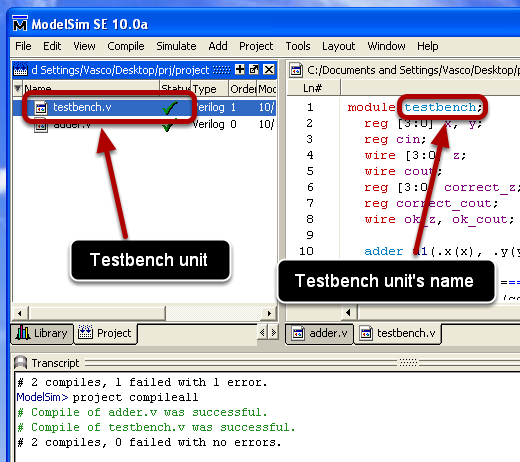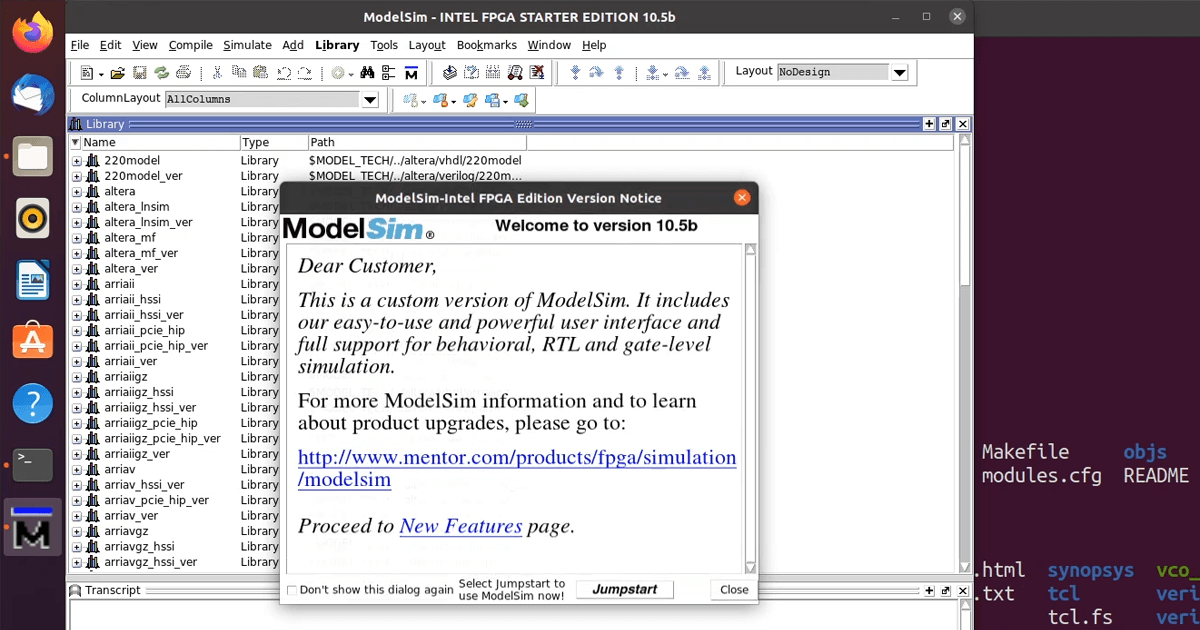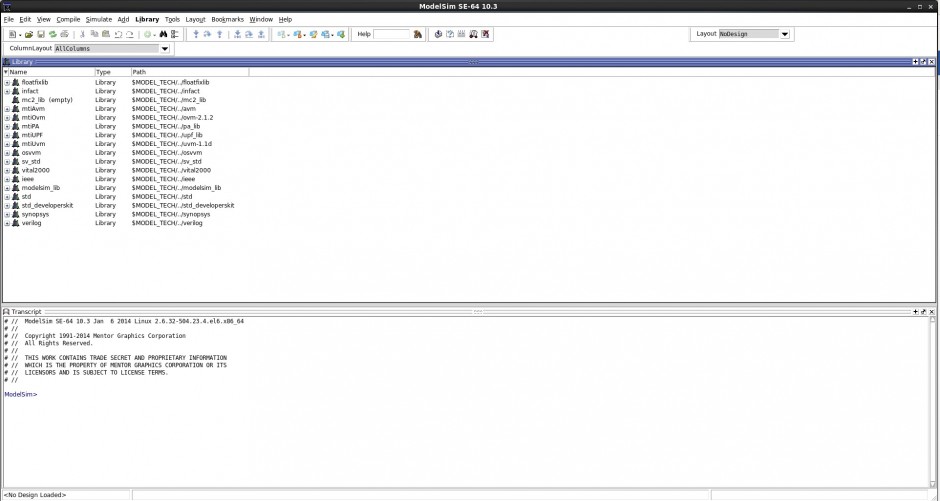

# vunit_help # - Prints this help # vunit_load # - Load design with correct generics for the test # - Optional first argument are passed as extra flags to vsim # vunit_user_init # - Re-runs the user defined init file # vunit_run # - Run test, must do vunit_load first # vunit_compile # - Recompiles the source files # vunit_restart # - Recompiles the source files # - and re-runs the simulation if the compile was successful

The VHDL User Guide Example can be run to produce the following output: If not given, VUnit does not use a hdl.var file. If not given, VUnit maintains its own cds.lib file. Open test case(s) in simulator gui with top level pre loaded

Show program’s version number and exit -g, -gui Test output is not continuously written in verbose mode with p > 1ĭo not re-use the same simulator process for running different test cases (slower)Įxport project information to a JSON file. Log level of VUnit internal python logging. Possible choices: info, error, warning, debug Print test output immediately and not only when failureĭo not print test output even in the case of failure Useful when running with “python -m pdb”. Still exits with code 1 on fatal errors such as compilation failure “jenkins” = Output stored in, “bamboo” = Output stored in. Defines where in the XML file the simulator output is stored on a failure. Output path for compilation and simulation artifacts Only elaborate test benches without running Only compile files required for the (filtered) test benchesĬontinue compiling even after errors only skipping files that depend on failed files Only compile project without running tests Only select tests without these attributes set -l, -list Only select tests with these attributes set -without-attributes If you messsed up on the second command, vsim will not run in the steps below.Usage : run. If you messed up on the first command, which vsim will report there is no vsim in your path. bashrc so you don't have to type them each time.) If you are familiar with the Unix shell environment, you can figure out how to properly add the above to your. (The above should work regardless of how your environment is initially set up. LM_LICENSE_FILE tells ModelSim where to find its license file. (PATH tells your shell where to find the executables for ModelSim.)Įxport LM_LICENSE_FILE=/afs/ece/support/mgc/share/image/usr/local/mgc/license.dat:$LM_LICENSE_FILE

If you are running a different shell, I assume you know enough to adapt the instructions to your favorite shell.)Įxport PATH=/afs//support/mgc/mgc.release/modelsim-se_2020.1/modeltech/linux_x86_64:$PATH If you are not running bash, you can type bash into the command prompt to start a bash shell. (You can determine which shell you are using by typing echo $SHELL into your Unix command prompt. This assumes you are running bash on an ECE Linux machine.


 0 kommentar(er)
0 kommentar(er)
